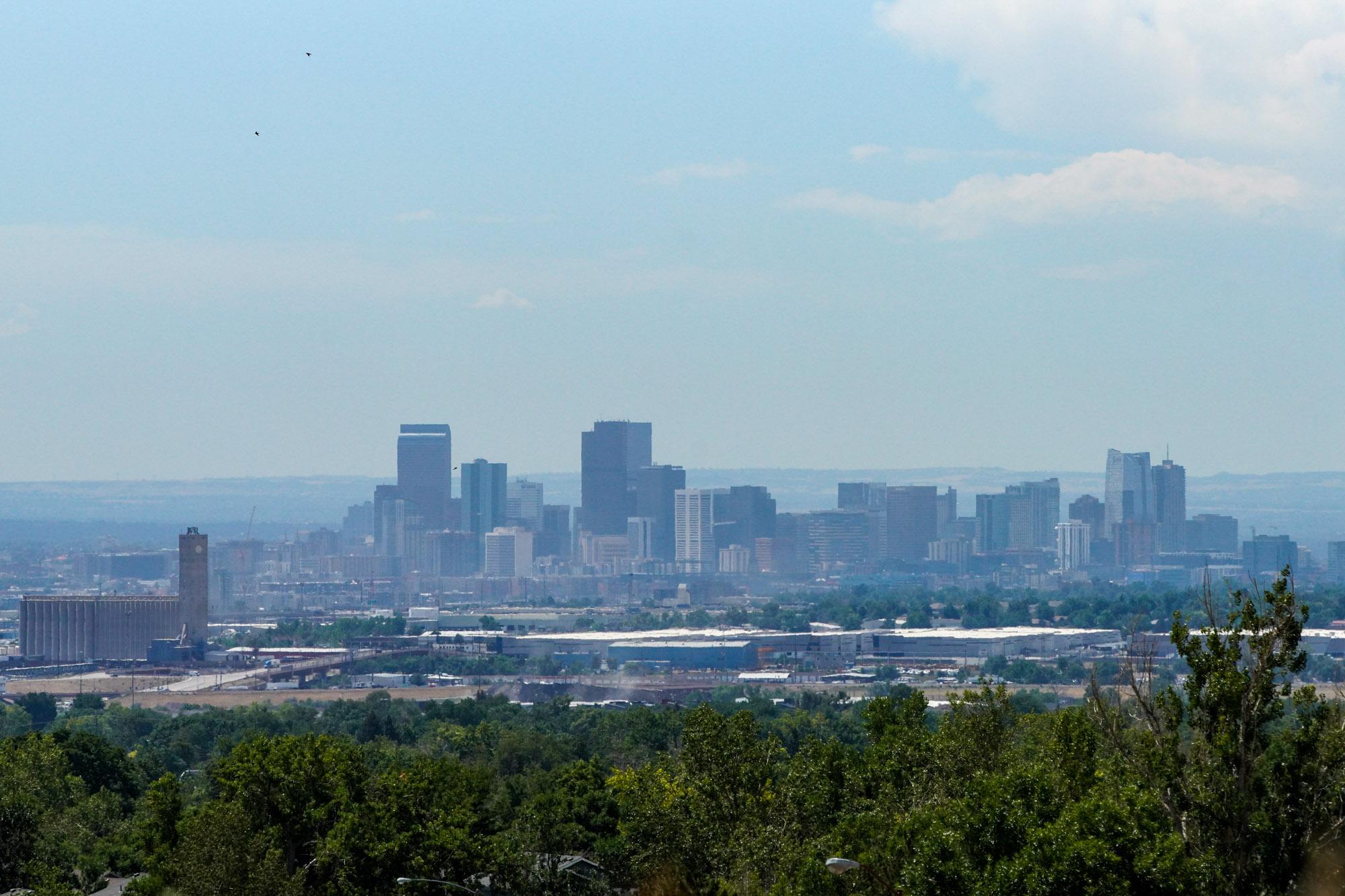
Colorado lawmakers last year convened a group of government officials and environmental justice advocates to brainstorm ways the state could protect communities bearing the brunt of human-caused pollution and climate change.
A year later, the Environmental Justice Action Task Force is ready to return to lawmakers with its recommendations.
In its first report, finalized earlier this week, the task force says the best way to prevent and eliminate inequalities in environmental health is to study the potential effects of policy across state agencies. That includes involving residents and Native American tribes and increasing the resources allocated for environmental health work.
“This is not going to be easy work. It’s going to be pricey,” said Beatriz Soto, a task force appointee and director of Protégete, the environmental justice arm of Conservation Colorado. “We need the data and we need the support of our legislators to make sure we have all the funds to do all the important work that needs to happen.”
The task force will send the recommendations to state lawmakers on Monday. Here are the task force’s five key takeaways for state lawmakers:
1. Consider the impact of future policy across agencies
Environmental policy goes beyond the state’s air and water quality divisions, the task force said in the report. It should be a priority in agencies that issue project permits, award funds to local communities and enact rules that directly impact environmental quality.
The task force recommended conducting studies that look at the cumulative impact of different factors on environmental health, including pollution and socioeconomic status. Those studies should be held by a third-party consultant or academic institution, according to the report, and should be prioritized using the new Colorado EnviroScreen tool.
2. Set goals to eliminate existing health disparities
Colorado EnviroScreen was developed to track environmental health hazards across the state, such as cancer rates and proximity to industry or highways. The Colorado Department of Public Health and Environment should follow those hazards to see if state policy is decreasing the risk of harm, the task force said. The department would issue periodic reports on those hazards.
3. Improve community involvement and ‘participatory science’
Improving how state agencies and residents communicate is at the heart of the task force’s recommendations. Offering flexibility and even some form of compensation to residents is crucial in order to make decisions that are considerate and collaborative, the report said.
“Historically, there’s been a lot of gaps on how to engage with disproportionately impacted communities,” Soto said. “This is really at the heart of wanting to get more community members involved in the decisions that are being made.”
The task force also recommended funding community members to conduct their own research and analysis of policy impacts, what it called “participatory science.”
4. Emphasize the voice of tribal nations in Colorado
Beyond the need to bring in the general public, task force members said the state should emphasize the voice of Native American tribes and tribal members. The Environmental Justice Action Task Force formed a subcommittee to consider how the state should include Indigenous communities whose environmental quality may be affected by state policy.
The task force recommended paying full-time “liaisons” to communicate between state officials, tribal governments and the Colorado Commission on Indian Affairs. State officials should also respect and acknowledge the rights of the Ute Mountain Ute Tribe and the Southern Ute Indian Tribe when proposing or adopting policies.
The report also suggested state officials not directly reference power plants named after Native American tribes, such as the Comanche Generating Station in Pueblo, instead referring to them by their location.
5. Increase funding
Throughout its report, the Environmental Justice Action Task Force says more funding is needed to prevent the disproportionate consequences of pollution and climate change. There isn’t a full estimate of the funding needed to do that in the report, though there is already money allocated to begin the work next year, Soto said.
“That is something that we heard consistently from different agencies,” Soto said. “They really need additional funds to do the work effectively.”









